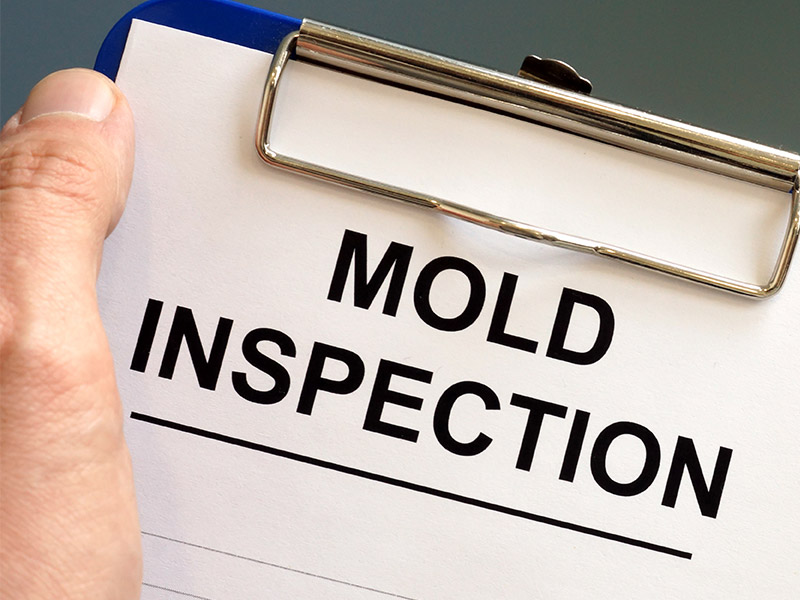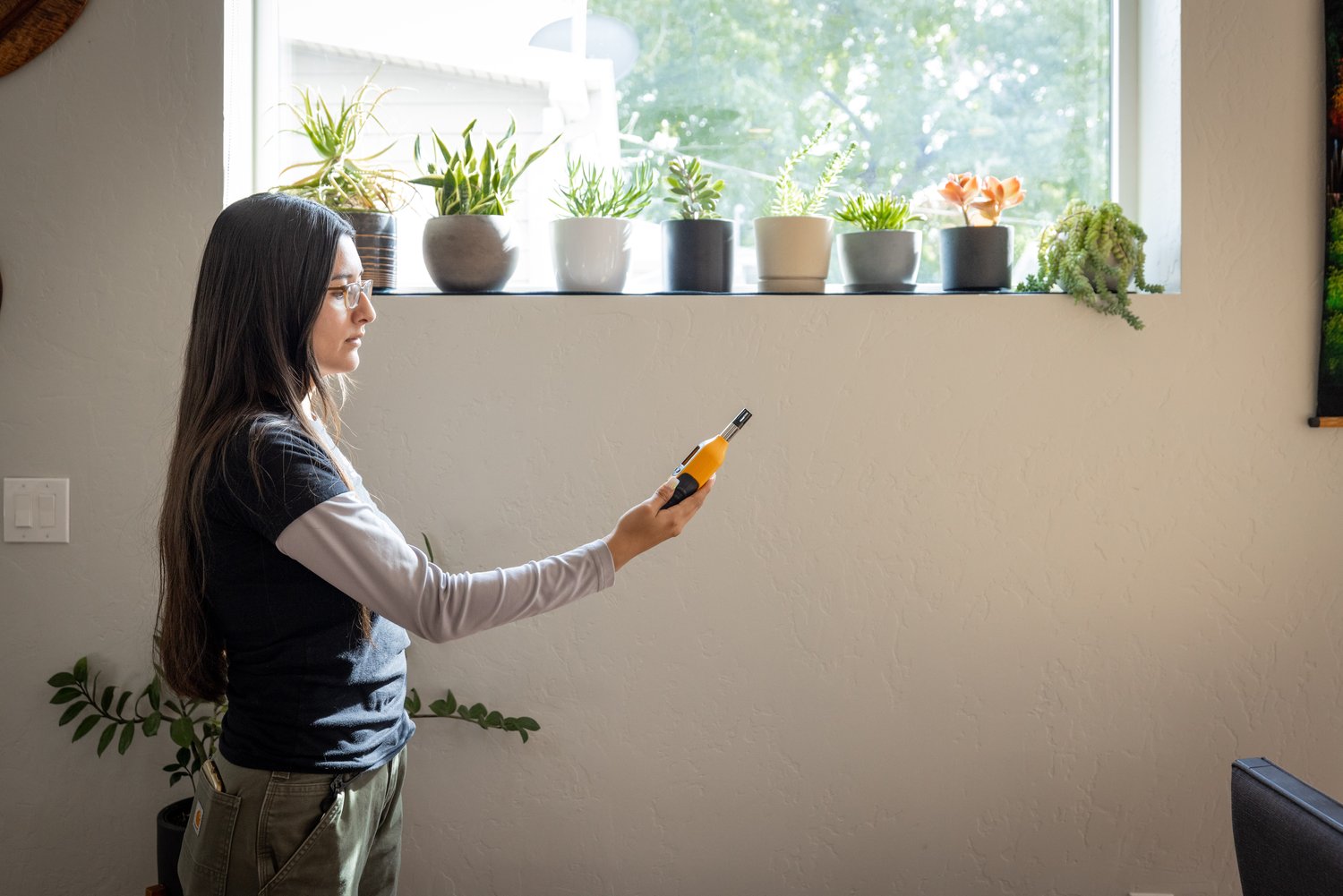The Need of Mycotoxin Checking in Agricultural Products to Make Sure Consumer Safety
The need of mycotoxin screening in agricultural items is a vital aspect of public health and safety that requires thorough assessment. Mycotoxins, harmful compounds created by certain fungis, can infiltrate various plants, causing considerable health dangers for consumers, such as cancer causing impacts and body organ damage. Regular mycotoxin screening not only removes and identifies infected products from the supply chain yet likewise guarantees compliance with safety and security requirements and boosts consumer trust fund. Comprehending the methods and advantages of such testing is necessary to completely value its value in protecting our food supply.
Recognizing Mycotoxins
Mycotoxins, harmful second metabolites created by particular fungis, present a substantial risk to farming products and human health and wellness. These compounds are created by numerous species of mold and mildews, such as Aspergillus, Fusarium, and Penicillium, which can pollute crops both pre- and post-harvest - Mycotoxin testing Services. The most typical mycotoxins consist of aflatoxins, ochratoxin A, fumonisins, zearalenone, and deoxynivalenol (DON)
Mycotoxin contamination can happen under certain environmental conditions, such as high humidity and temperature level, which prefer the development of mold. Agricultural products like grains, nuts, seasonings, dried out fruits, and coffee are particularly at risk. The visibility of mycotoxins in these products can result in substantial financial losses as a result of minimized plant yields and the necessity for rigorous testing and purification procedures.
Comprehending the biochemical nature and formation of mycotoxins is vital for establishing efficient mitigation strategies. Research has revealed that mycotoxins show an array of chemical frameworks and homes, making discovery and removal tough. Advanced logical methods, consisting of chromatography and mass spectrometry, are used to determine and quantify mycotoxins in farming items, making certain that contamination degrees remain within secure limitations developed by regulatory bodies.
Health And Wellness Risks of Mycotoxins
Offered the substantial dangers related to mycotoxins in farming items, comprehending their effect on health is critical. Mycotoxins, toxic second metabolites generated by fungis, present severe threats to both human and animal health. Persistent exposure, also at low levels, can bring about a series of negative health results, consisting of teratogenicity, immunosuppression, and carcinogenicity. Aflatoxins, among the most infamous mycotoxins, are classified as Group 1 carcinogens by the International Company for Study on Cancer (IARC), mainly impacting the liver and raising the risk of hepatocellular carcinoma.
Acute mycotoxin poisoning, although less common, can cause instant and serious illness such as liver damages, intestinal disruptions, and hemorrhaging. Ochratoxin A, an additional potent mycotoxin, is linked to kidney damage and has possible cancer causing impacts. Fumonisins, primarily influencing maize, are associated with esophageal cancer cells and neural tube problems.

Usual Sources of Contamination
Recognizing the typical resources of contamination is vital for efficiently handling and reducing the dangers postured by mycotoxins. Mycotoxins are hazardous second metabolites generated by certain types of fungi, which can contaminate agricultural products at various stages of handling, manufacturing, and storage space. The primary sources of contamination consist of area problems, post-harvest handling, and storage atmospheres.
Field conditions play a substantial role, with elements like weather, plant sensitivity, and soil health affecting fungal development. Plants such as corn, peanuts, wheat, and tree nuts are especially at risk to mycotoxin-producing fungis like Aspergillus, Fusarium, and Penicillium species. Poor plant turning and bad bug administration can worsen the threat of contamination.
Post-harvest handling is an additional crucial stage where contamination can occur. Mechanical damages throughout harvesting and transport produces entry factors for fungi, while incorrect drying techniques can leave dampness degrees high original site sufficient to sustain fungal development.
Storage settings add considerably to contamination threats. Badly maintained storage facilities with high humidity and temperature level degrees develop perfect conditions for mycotoxin manufacturing. Regular examinations and correct storage space conditions find here are necessary in curbing this risk.
Mycotoxin Evaluating Methods
Effective monitoring of mycotoxin contamination hinges not only on identifying prospective sources however additionally on applying robust testing approaches to spot these unsafe compounds. Mycotoxin testing approaches can be extensively classified right into immunochemical and chromatographic methods.
On the various other hand, enzyme-linked immunosorbent assay (ELISA) and lateral circulation assays project immunochemical methods. ELISA, particularly, is widely utilized as a result of its cost-effectiveness, simplicity of usage, and rapid turn-around time. Lateral flow assays offer fast, on-site testing capacities, making them appropriate for field applications where immediate choices are required.
Additionally, innovations in molecular biology have introduced PCR-based approaches efficient in identifying mycotoxin-producing fungis at hereditary levels, providing a predictive approach to contamination risk. Integrating these diverse techniques boosts the reliability and comprehensiveness of mycotoxin detection, ensuring that farming products fulfill security criteria and safeguarding consumers from possible health risks.
Advantages of Normal Testing

Routine mycotoxin screening offers substantial advantages that considerably strengthen agricultural safety and security and high quality. Mycotoxins, poisonous substances generated by specific fungi, can infect food and present severe health risks, consisting of cancer cells and intense poisoning.
In addition, regular screening helps in maintaining the integrity and track record of farming manufacturers. By rigorously controlling and monitoring mycotoxin degrees, producers can avoid costly recalls and lawful effects. This not just makes sure compliance with rigid worldwide safety and security requirements however also cultivates consumer trust fund and commitment.

Conclusion
The necessity of mycotoxin screening in farming products is highlighted by the significant health risks postured by these poisonous compounds. It improves the credibility of producers and cultivates depend on within the agricultural supply chain, ultimately protecting public health.
The necessity of mycotoxin screening in agricultural products is a vital facet of public wellness and security that warrants thorough exam. Mycotoxins, hazardous compounds created by specific fungis, can infiltrate various plants, leading to significant health threats for consumers, such as cancer causing effects and body organ damage.Mycotoxins, poisonous secondary metabolites generated by certain fungis, present a significant danger to farming items and human health.Provided the substantial dangers linked with mycotoxins in agricultural products, recognizing their impact on wellness is paramount (Mycotoxin testing Services).The requirement of mycotoxin testing in farming products is emphasized by the significant wellness risks positioned by these toxic substances